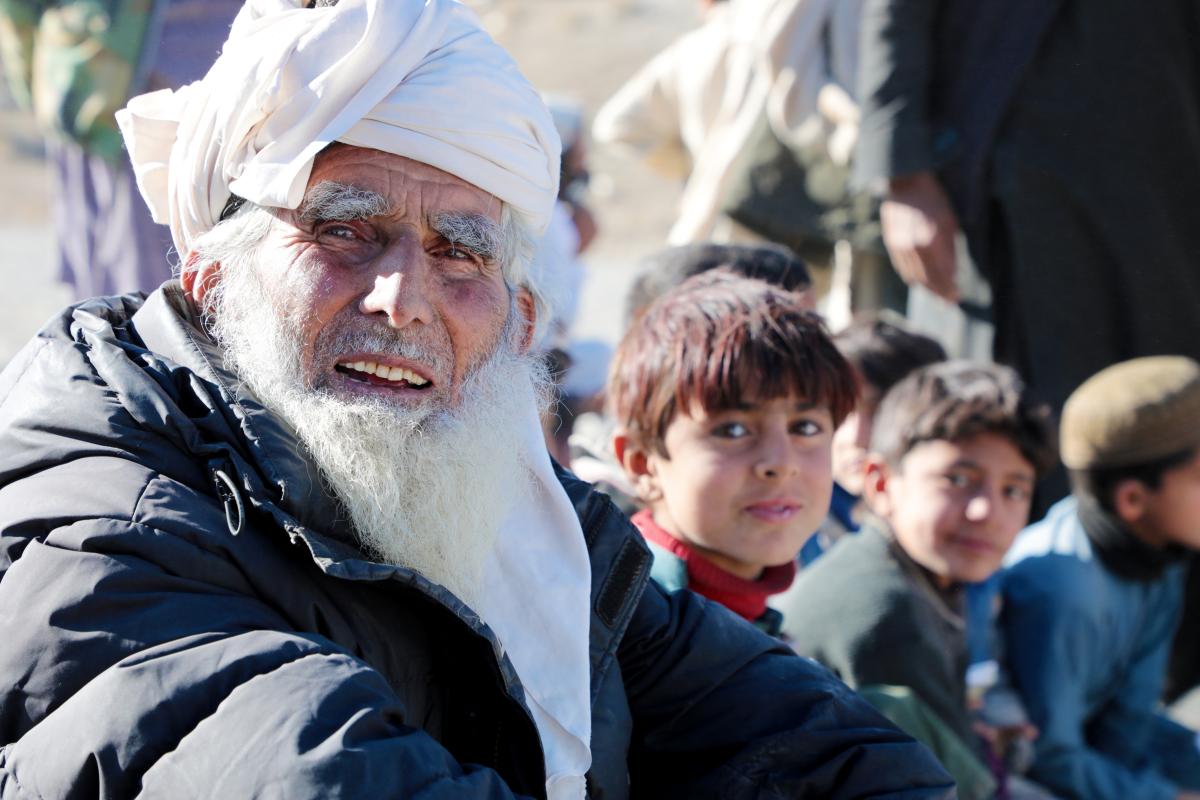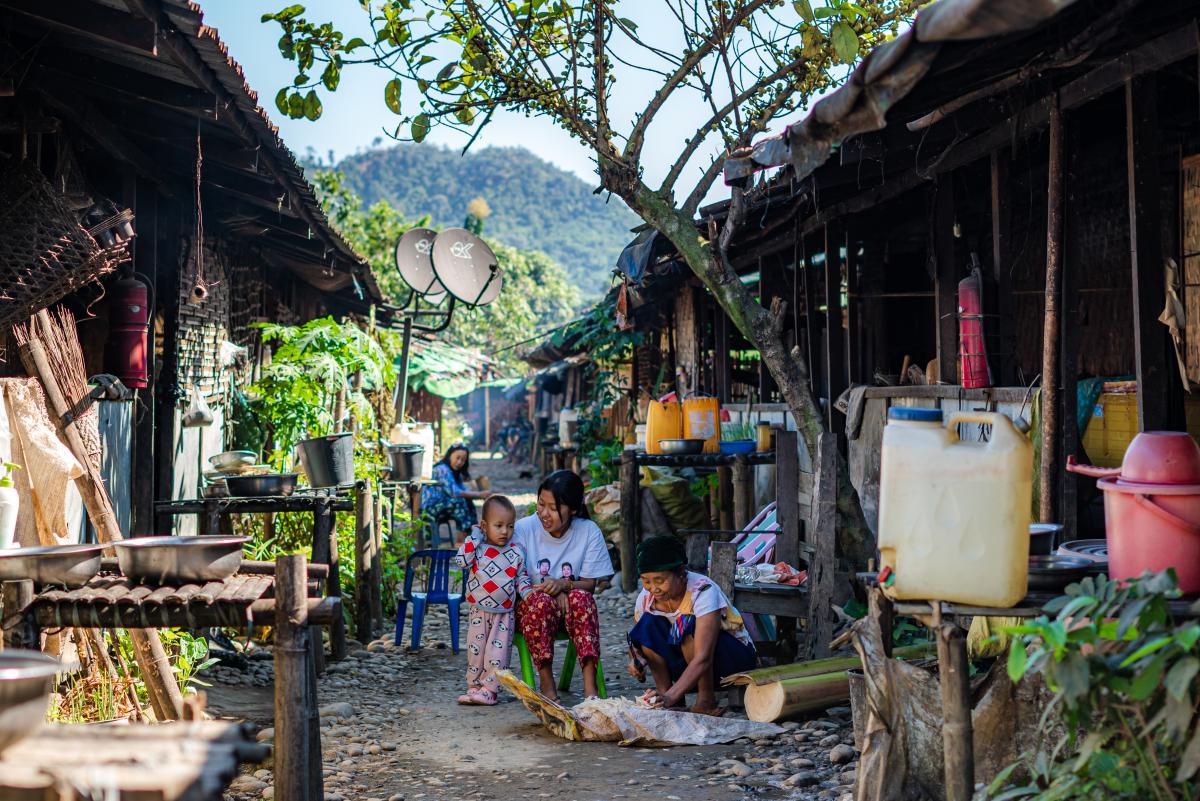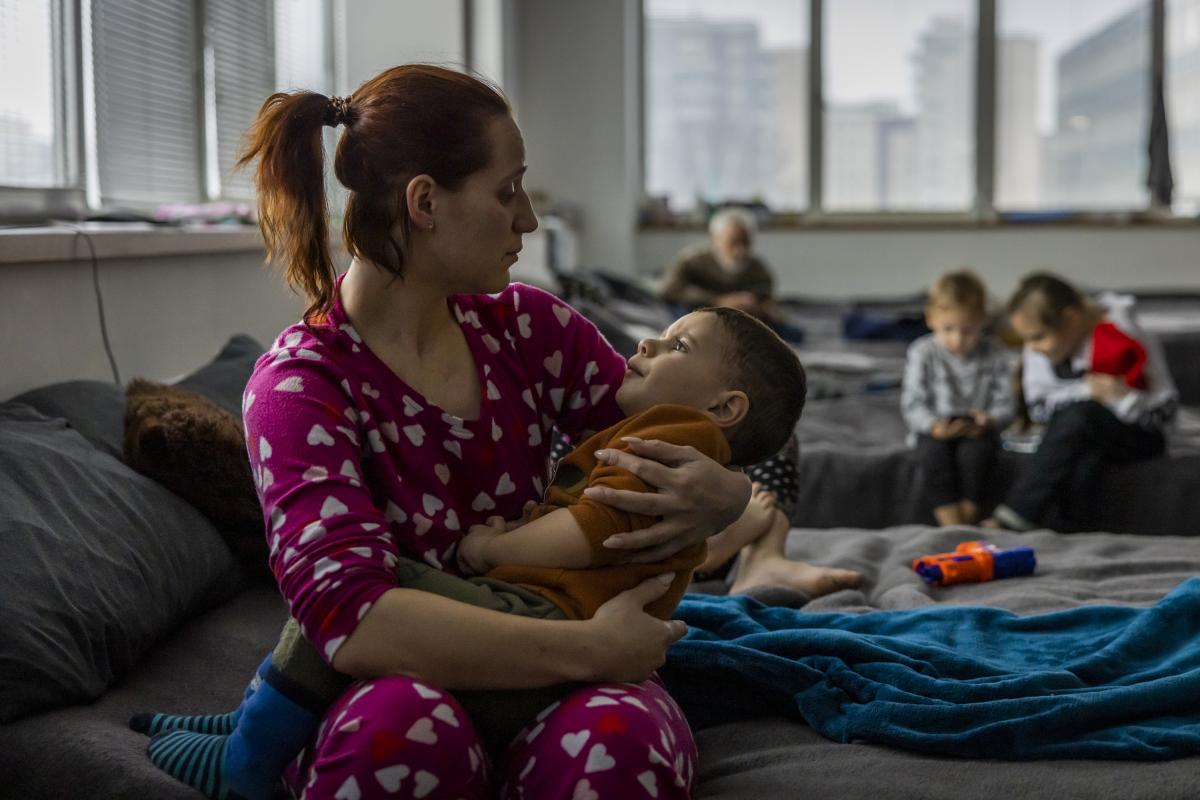On June 14th, UNHCR released the 2022 Global Trends Report, a landmark publication summarizing the situation of forced displacement throughout the world. As the numbers of people forced to flee their homes due to conflict, violence and persecution continues to rise, we propose a brief overview of the key figures on displacement in 2022.
The largest increase in forced displacement
2022 marked the largest increase (21%) of people forced to flee within a single year according to UNHCR’s statistics- 19 million more people than at the end of 2021, more than the total population of the Netherlands, Somalia or Ecuador. This increase in numbers leads to a grim assessment: more than 1 out of every 74 people worldwide have been forced to flee. The growing needs for support are exacerbated by the fact that almost 90% of all people forced to flee, live in low- and middle-income countries that are often facing domestic challenges themselves. It has now been over a decade since the number of people forced to flee has increased, year by year. It is hard to imagine that at the beginning of this century, the number of forcibly displaced people was under 40 million.

A year of crises
While protracted crises like the Democratic Republic of Congo, the situation in Venezuela, or the situation in the Sahel continue to force people to flee, new conflicts have emerged and pushed millions more to flee their homes. In Ukraine, about 15 million people have been forced out of their homes due to the conflict that broke out in February 2022 in what has become the largest situation of forced displacement since World War II. The renewed crisis in Afghanistan as well as the recent conflict that erupted in Sudan also strongly contributed to this steep rise in forced displacement. In addition, the effects of climate change are also deepening the impact of violence, persecution, and conflict- and are likely to become an increasingly important factor as drought, floods and resource scarcity push more people out of their homes.

Refugees, IDPs and Stateless people
Of the 108.5 million people forced to flee, over half of them (62.5 million) are internally displaced people- people who have been forced to leave their homes but who did not cross an international border. 35.3 million people are refugees- one third more than at the end of 2021. Over two thirds of them come from only 4 countries: Syria, Ukraine, Afghanistan and Venezuela. Over two-thirds of all refugees live in low- and middle- income countries and need support to continue their lives in dignity. Stateless people, asylum-seekers, and other people of concern make up the remaining 10 million people who need international protection.

Returns and resettlement in 2022
In 2022, 339,000 refugees were able to voluntarily go back to their homes, most of them from Uganda back to South Sudan. An estimated 5.7 internally displaced people have also been able to return safely to their homes, 8% more than in the previous year. 114,300 people have also been resettled to a third country- twice as many as in 2021, where resettlement was strongly affected by restrictions linked to the COVID-19 pandemic. Positive developments do exist but are overshadowed by the global situation of forced displacement which is globally deteriorating.
The prospects for 2023 to bring about a change in the trends of forced displacement are unfortunately meager. Protracted crises find no political resolve allowing people to return safely to their homes, and new crises, like the earthquakes that have hit Syria and Türkiye and the conflict that erupted in Sudan in April 2023, already displacing over 2 million people, continue to drive more and more people to flee to save their lives. The needs are, once more, immense, and each one of us can be a part of the solution- no matter on which scale.